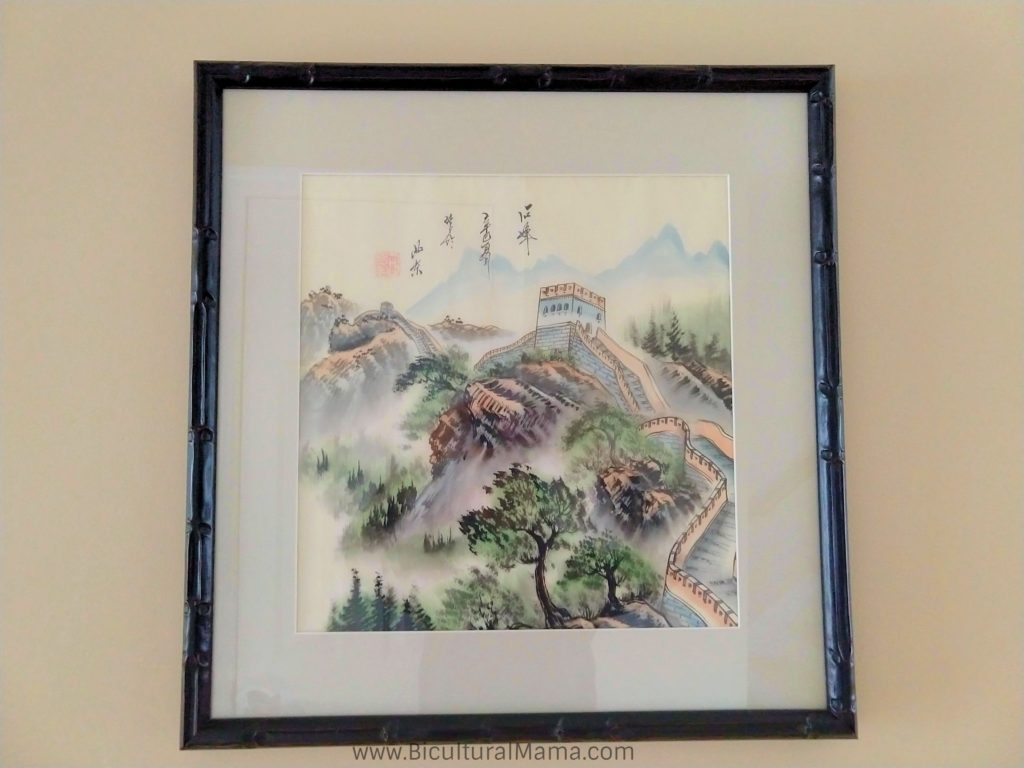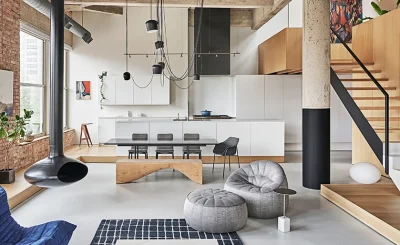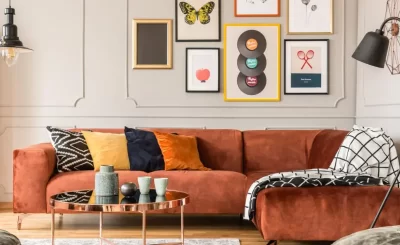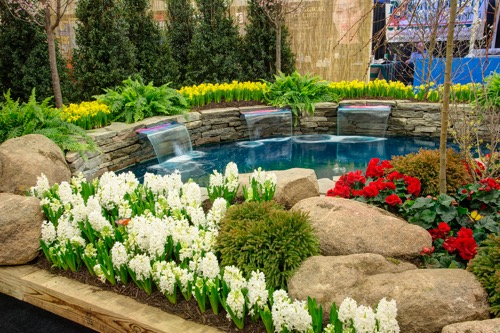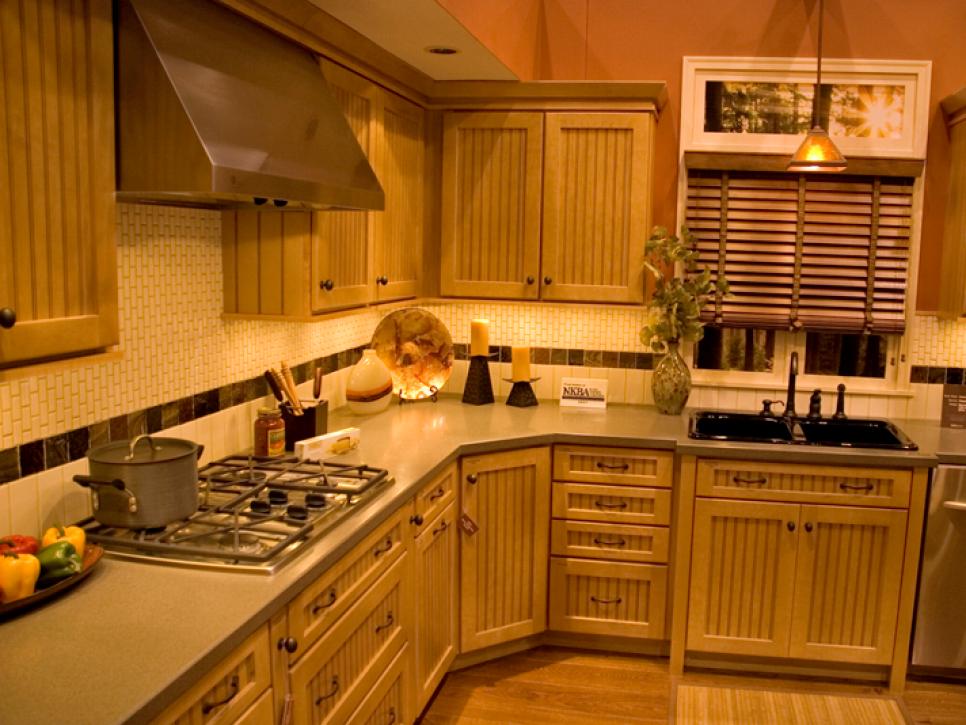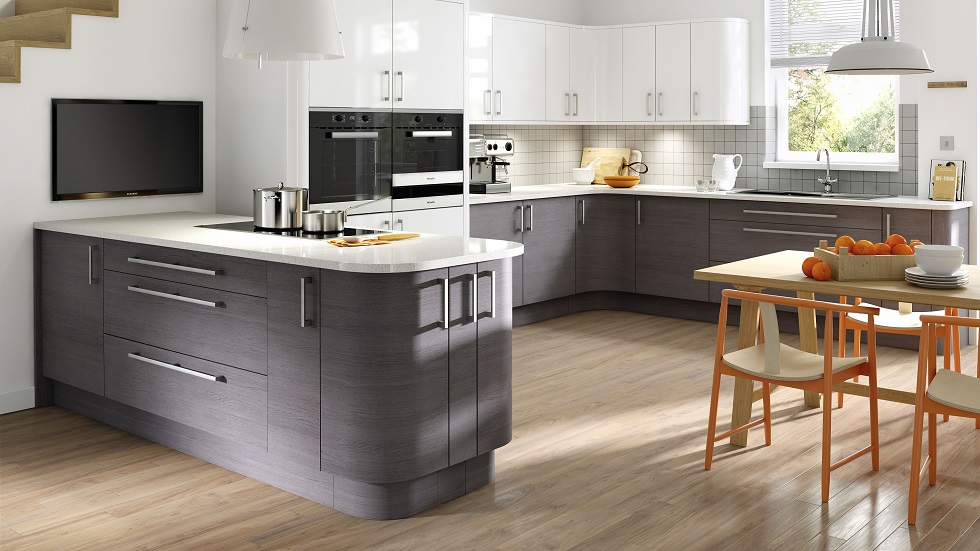Your home should tell a story. Your story. And honestly, the most compelling narratives aren’t found in a catalog; they’re etched into the textures of history, the colors of a landscape, and the hands of artisans. That’s the magic of cultural and heritage-inspired interior design. It’s not about recreating a museum exhibit. It’s about weaving the threads of your ancestry, or a culture you deeply admire, into the very fabric of your daily life.
Let’s dive into how you can move beyond generic decor and create a space that feels authentically, soulfully yours.
More Than Aesthetic: The “Why” Behind Heritage Design
So, why is this style resonating so deeply right now? In a world that can feel increasingly homogenous and digital, we’re craving authenticity and connection. Our homes have become our sanctuaries, and filling them with meaningful objects is a powerful act of self-expression and belonging.
Heritage design offers a profound sense of rootedness. It’s a conversation with the past that makes our present feel richer. A single, hand-woven textile can carry the energy of generations. A reclaimed wood beam isn’t just a beam; it’s a piece of history with its own quiet story to tell.
Key Elements to Weave Into Your Home
1. The Soul of the Space: Color Palettes & Pigments
Forget trendy neutrals for a moment. Think about the earth. The sky. Traditional dyes. Color is often the first and most emotional connection to a culture.
- Mediterranean Hues: Think sun-bleached whites, oceanic blues, and the vibrant terracotta of Greek island roofs or Italian countryside villas. It’s a palette that feels warm, alive, and endlessly sunny.
- Nordic Neutrals: This isn’t just gray. It’s the soft white of birch bark, the deep charcoal of a winter sky, and the rich brown of pine needles on forest floor. It’s calm, serene, and deeply connected to the natural world.
- Moroccan Spice Tones: Saffron yellow, deep magenta, and brilliant turquoise. These are colors that don’t whisper; they sing. They tell tales of bustling souks and intricate tile work.
- Japanese Earth Tones: The subtle, restrained palette of wabi-sabi—charcoal black, moss green, and the soft, creamy color of washi paper. It’s a celebration of imperfection and natural beauty.
2. The Bones of the Room: Architectural Details
This is where you can make a big impact without filling a single shelf. Architectural elements are the permanent jewelry of a home.
- Arches & Niches: Evoke Spanish Mission or Moorish design with soft, rounded arches over doorways or in built-in shelving. A simple arched mirror can instantly transform a wall.
- Wooden Beams: Exposed ceiling beams, whether dark and heavy like in a Tudor home or rustic and reclaimed like in a French farmhouse, add instant history and texture.
- Shoji Screens: Incorporating Japanese-inspired sliding screens (even modern interpretations) can create flexible spaces and play with light and shadow in a beautifully serene way.
- Molding & Millwork: From the intricate jali screens of India to the detailed crown molding of a Victorian townhouse, these details are the fingerprints of an era.
3. The Heartbeat: Textiles & Textures
If color is the soul and architecture is the bones, then textiles are the heartbeat. They add warmth, softness, and a tangible connection to human craftsmanship.
| Textile Type | Cultural Inspiration | How to Use It |
| Kilim Rugs | Turkish, Persian | As a vibrant floor statement or layered over a neutral carpet. Drape one over a sofa for a burst of pattern. |
| Kente Cloth | Ghanaian | As a framed piece of art or a carefully placed throw pillow. Its bold patterns are a powerful statement. |
| Block-Print Linens | Indian | On bedding, curtains, or tablecloths. The handmade imperfections are what make them beautiful. |
| Mudcloth (Bògòlanfini) | West African (Mali) | As an accent wall hanging or a pillow cover. Its symbolic, hand-painted patterns are deeply meaningful. |
4. The Personal Artifacts: Objects & Heirlooms
This is, you know, the really personal part. It’s about the things that have a pulse—a memory attached.
- Family Heirlooms: Your grandmother’s chipped ceramic bowl. Your father’s old wooden toolbox. Don’t hide these away. Display them. Their wear and tear is their beauty.
- Artisan Crafts: Seek out pieces made by hand. A hand-thrown pottery vase from a local artist, a carved wooden bowl from a Mexican artisan, or a blown glass vessel from a Scandinavian glassblower. These objects hold the energy of the maker.
- Everyday Objects as Art: A collection of vintage Japanese tansu keys, a set of colorful Italian espresso cups, or a well-used Moroccan tea pot. Use the functional items of a culture as decorative pieces.
A Word on Cultural Appreciation vs. Appropriation
This is a crucial conversation. The goal is honor, not caricature. It’s the difference between inspiration and imitation.
Appreciation seeks to understand context, credit sources, and treat sacred symbols with respect. It’s about building a thoughtful, personal connection. Appropriation, on the other hand, plucks elements out of their cultural context for mere aesthetic value, often stripping them of their meaning.
Do your research. Understand the story behind the pattern, the object, the symbol. Support artisans and fair-trade businesses directly. Your home becomes richer when the objects within it are treated with the respect they deserve.
Weaving It All Together: Creating a Cohesive Look
Okay, so you have all these ideas. How do you make them work without your living room looking like a flea market? The key is cohesion through a neutral foundation.
Start with a simple, neutral base on your larger surfaces—walls, floors, and big furniture. Think warm white walls, a natural jute rug, or a simple hardwood floor. This creates a calm “canvas.” Then, layer in your cultural elements as the “art.” Let that vibrant Oushak rug be the star. Allow the collection of blue-and-white Portuguese tiles to be the focal point of the kitchen backsplash.
Mix, don’t match. A sleek modern sofa looks incredible draped with a heavily textured Peruvian blanket. The contrast between the clean lines and the rustic textile creates a dynamic, lived-in energy. It tells a more complex and interesting story.
The Final Stitch
In the end, cultural and heritage-inspired design is an ongoing dialogue. It’s not about getting it “done” or getting it “perfect.” It’s a slow, thoughtful process of collecting, remembering, and honoring. It’s about surrounding yourself with pieces that make you feel connected—to your family, to a distant land you love, or simply to the enduring beauty of human hands at work.
So look around. What story does your space tell right now? And more importantly, what story do you want it to tell tomorrow?


